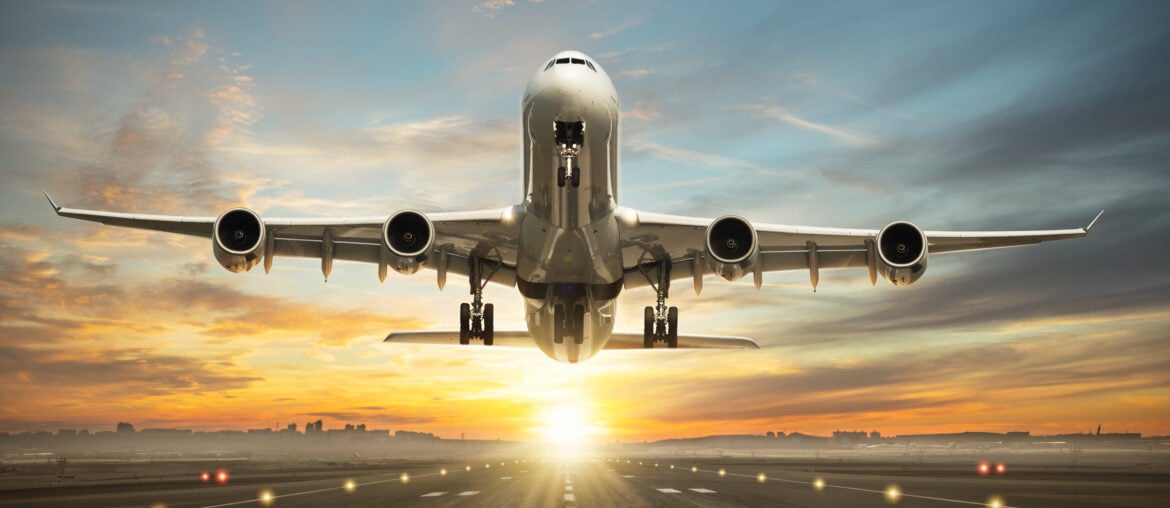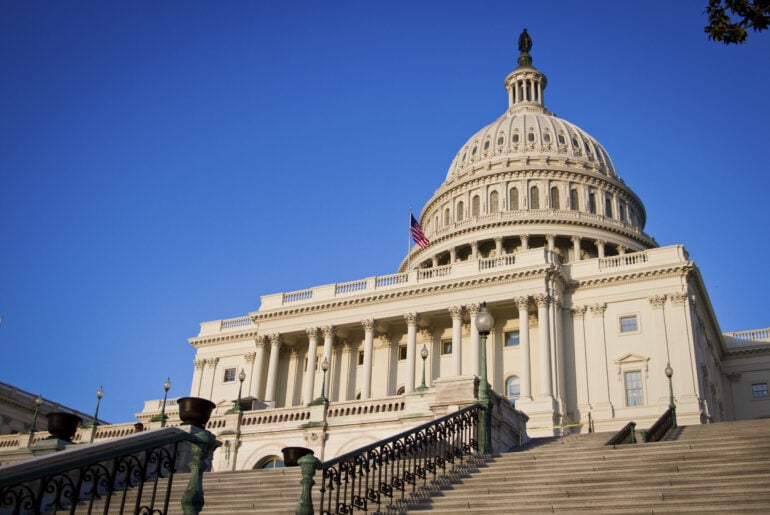Earlier this year, the Internal Revenue Service (“IRS”) announced it would be using advanced analytic techniques and additional funding to audit tax compliance by businesses when their business aircraft are used for personal reasons by executives. The IRS’s Large Business and International Division also added a “Business Aircraft Campaign” to its list of compliance campaigns. This focus by the IRS appears to have triggered calls for it to revisit the manner in which personal use of corporate aircraft is valued for income imputation purposes.
Background
As background, business use of corporate aircraft generally results in no income imputation to employees and no deduction disallowance for the business. By contrast, personal use of corporate aircraft by executives generally results in the business needing to treat the value of personal flights as Form W-2 income to the executive, which carries with it an obligation to withhold and remit Federal (as well as state and local) income taxes and Federal Insurance Contribution Act (“FICA”) taxes. Expenses incurred by a business can also be disallowed for tax deduction purposes under Internal Revenue Code (“Code”) section 274 if the personal trips are characterized as entertainment or as commuting use of the aircraft, resulting in the adverse outcome of income to the employee and yet no or only a limited deduction for the employer. (As discussed further below, the income imputation can impact the amount that is nondeductible under these provisions.) Separately, the $1 million deduction limit imposed under Code section 162(m) may also apply to personal flights by covered employees, even if the flights are not characterized as an entertainment or commuting use. And, trips by spouses and other guests are subject to more rigorous standards for deductibility.
Focus on the SIFL Rates to Value Personal Use of Corporate Aircraft
Shortly after the IRS announced this corporate aircraft campaign, six Senate Democrats (including Ron Wyden, Chairman of the Senate Finance Committee, and two other Senate Finance Committee members – Elizabeth Warren and Sheldon Whitehouse), wrote to the IRS and the Treasury Department to laud this effort to crack down on executive personal use of corporate aircraft. In addition, the letter urged the IRS and Treasury to use its regulatory authority “to close the . . . SIFL loophole that allows corporate executives to undervalue, and minimize taxes paid, when they use corporate jets for personal travel.” SIFL stands for the Standard Industry Fare Level valuation method. SIFL is a method of valuing personal use of corporate aircraft flights that has been in the regulations for decades. Under the fringe benefit regulations, a company can impute income for personal use of a corporate aircraft using charter rates or using the SIFL rates. The SIFL rates are significantly lower than the charter rates and are meant to approximate first class fares or a multiple thereof. If a company uses the SIFL rates, the income required to be imputed to the executive for the trip is almost always lower than the actual expenses incurred by the company. And, the lower SIFL values result in lower income taxes for the executive and lower employer and employee obligations for payroll taxes. However, notwithstanding that almost all companies use the SIFL rates, there is a disadvantage to the company in using SIFL rates for entertainment flights by executive officers. This disadvantage results from the interaction of the income imputation and deduction disallowance rules. Under Code section 274(e)(2)(A), if a company uses the SIFL valuation rules to impute income to an employee for personal entertainment use of the company aircraft and the employee is not an executive officer, the fact that the company properly treats the SIFL value of the flights as W-2 wage income to the executive means the entire (higher) cost of the use of the aircraft can be deducted as compensation.[1] However, in the case of executive officers, under Code section 274(e)(2)(B), if the SIFL rates are used to impute income, only the costs of the aircraft up to the SIFL rates are deductible. Costs incurred in excess of the SIFL rates are nondeductible. In other words, if the SIFL value for the flight is $750, but the expenses of the flight are $10,000, and only the $750 SIFL rate is imputed into the executive officer’s income, then the company can only deduct the $750 imputed. If the IRS were to change the valuation rules so that higher values had to be imputed into the executive’s income, under the statute as it currently stands, this would allow a higher deduction to the company for an entertainment flight by an executive officer.
In recent informal discussions with the IRS and Treasury, representatives have indicated that they are seriously considering the Senate letter asking them to revisit the SIFL rates and thereby increase the rates at which personal use of the corporate aircraft is imputed into income. Although this would disadvantage employees and executives engaging in personal use of the corporate aircraft, it would have the silver lining of allowing companies to take a deduction for the higher amount included in an executive officer’s income for an entertainment flight.
Key Takeaways
- In light of the prospect of additional IRS audits and focus on personal use of corporate aircraft, businesses should be reviewing and re-evaluating their policies and practices for imputing income and withholding taxes for personal travel and should also review whether they are properly substantiating business, personal, entertainment, and commuting use of the aircraft and capturing the applicable deduction disallowances.
- Given the IRS has indicated that it is reconsidering permitting companies to use the SIFL rates to value personal use of corporate aircraft, companies should be prepared for potential changes to their practices in this area and should consider submitting comments to IRS and Treasury on issues presented by any newly proposed valuation rules.
We will continue to monitor these developments and provide updates.
[1] This was the holding of Sutherland-Lumber Southwest Inc. v. Commissioner, 114 T.C. 197 (2000), aff’d per curiam, 255 F.3d 495 (8th Cir. 2001). Congress overrode the Sutherland holding as applied to executive officers in the American Jobs Creation Act of 2004. 197(2000), aff’d per curiam, 255 F.3d 495 (8th Cir. 2001). Congress overrode the Sutherland holding as applied to top executives in the American Jobs Creation Act of 2004.




